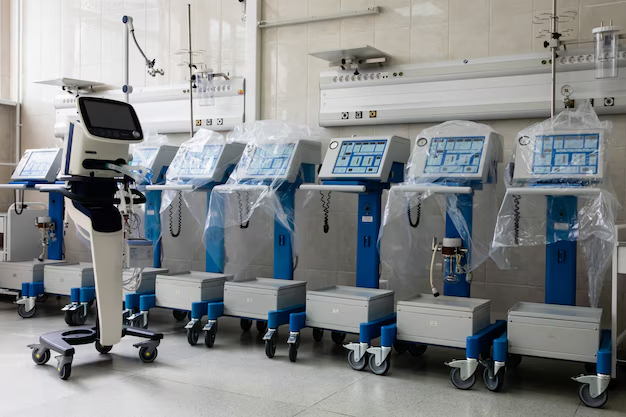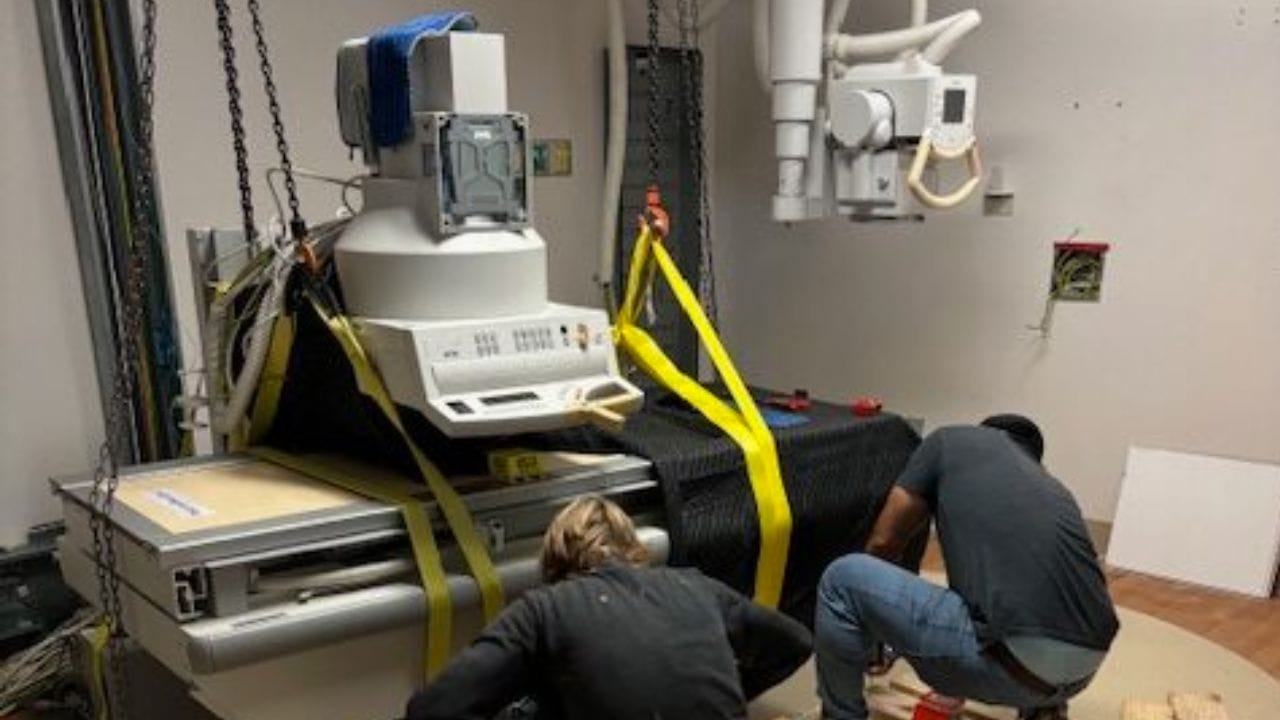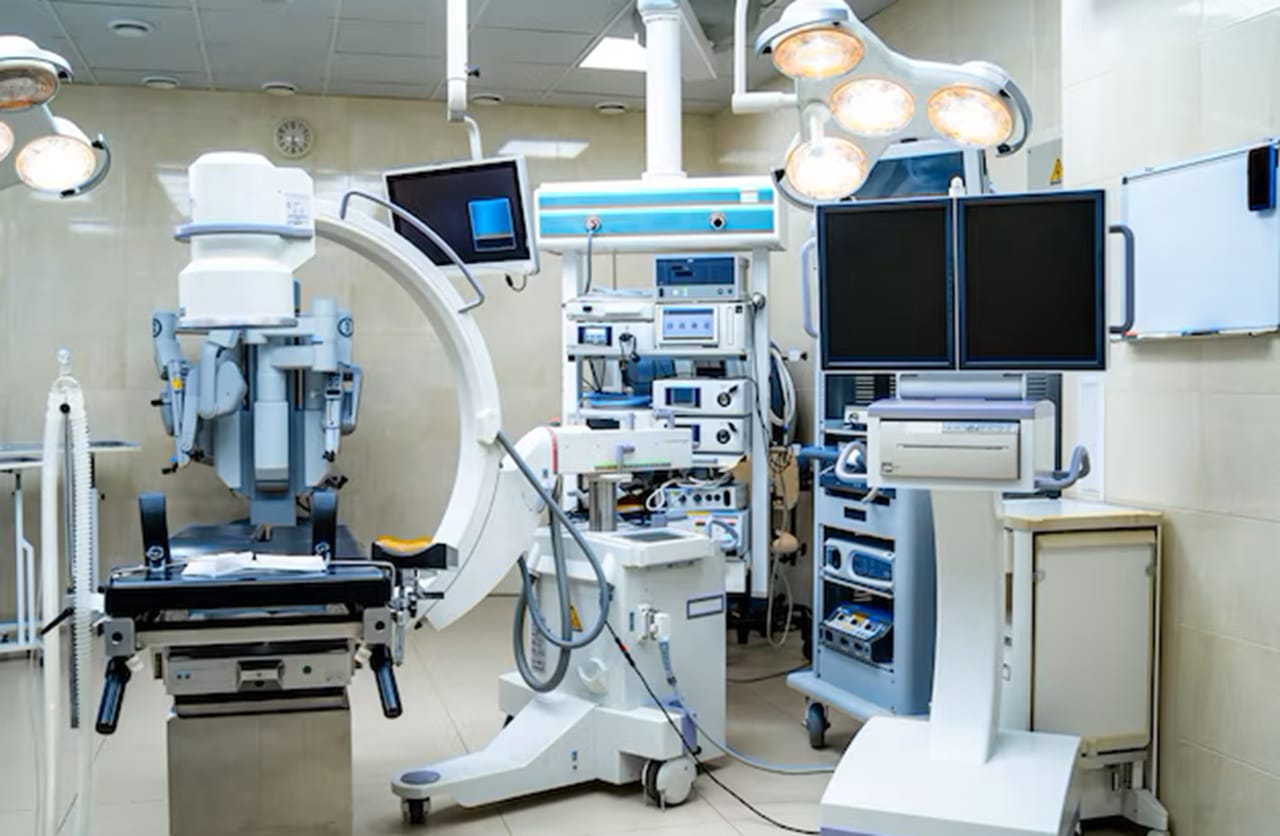When it comes to managing a medical facility, every dollar counts. One area where many facilities can save money is through the proper de-installation of medical equipment. Whether you are upgrading to newer technology or shutting down a facility, how you handle the removal of equipment can significantly impact your budget. Efficient and well-planned de-installation not only cuts costs but also minimizes disruptions and ensures equipment can be reused or resold, providing additional financial benefits.
By taking these steps, you can avoid unexpected issues and ensure a smooth process that saves time and money.
The Financial Benefits of Proper De-Installation
Properly de-installing medical equipment can lead to considerable financial benefits for any medical facility. One of the primary advantages is the reduction in unexpected costs. When equipment is carefully de-installed, the likelihood of damage decreases significantly. This means you save money by avoiding repairs or replacements.
Another financial benefit comes from the efficiency of the process. Proper planning and execution mean the de-installation can be completed quickly, reducing downtime. Less downtime translates to fewer disruptions in patient care and other hospital operations, which can also save money.
Additionally, de-installing equipment correctly preserves its resale value. Medical equipment is expensive, and maintaining its integrity during removal ensures it can be resold at a higher price. This can provide a financial boost, with funds that can be reinvested into the facility. For example, reselling a well-maintained MRI machine can recoup a significant portion of its initial cost.
Finally, proper de-installation can result in lower labor costs. When the process is streamlined and efficient, it requires fewer hours of labor. This helps reduce staffing expenses and allows your team to focus on other essential tasks.
Avoiding Hidden Costs and Unnecessary Expenses
Improper de-installation can lead to various hidden costs and unnecessary expenses. One common issue is accidental damage to equipment. If a machine is not handled correctly, it can break, requiring costly repairs or even complete replacement. These expenses can quickly add up and strain your budget.
There are also regulatory costs to consider. Medical equipment often has strict guidelines for removal and disposal. Failing to follow these regulations can result in fines or penalties. By adhering to proper de-installation procedures, you can avoid these additional costs.
Transportation is another area where hidden costs can arise. If equipment is not packaged and secured properly, it can get damaged during transit. This requires more spending on repairs or damages. Ensuring everything is packed correctly helps to avoid these unexpected expenses.
Lastly, improper de-installation can cause operational disruptions. If the process takes longer than planned or causes unforeseen issues, it can affect the facility’s operations. This means additional costs related to overtime pay or hiring temporary staff to manage the fallout.
Focusing on proper de-installation can prevent these hidden costs and unnecessary expenses. This approach ensures a smoother process, protects your budget, and maintains the quality of your medical equipment.
Best Practices for Efficient De-Installation
Following best practices for de-installation helps ensure the process is smooth and cost-effective. One important step is to develop a detailed plan. This plan should include timelines, responsibilities, and specific steps for each part of the de-installation. Having a clear roadmap keeps everyone on the same page and minimizes delays.
Safety is another crucial factor. All team members should follow safety protocols, including wearing protective gear and handling equipment properly. This reduces the risk of accidents and damage to the equipment, which can save money.
It’s also a good idea to use specialized tools designed for de-installation. These tools help complete the job more efficiently and with less risk of damage. Properly trained staff should operate these tools to ensure they are used correctly.
Effective communication is key. Keep all relevant parties informed about the progress and any changes to the timeline. Good communication helps prevent misunderstandings and ensures everyone knows what to expect.
Document the process carefully. Take notes and photos of each stage of the de-installation. This documentation can be valuable for troubleshooting and future reference, especially if the equipment is reused or sold.
Long-Term Savings from Equipment Reuse and Resale
Reusing and reselling de-installed medical equipment can lead to significant long-term savings. When equipment is removed properly, it remains in good condition, making it suitable for use in another facility. This reduces the need to purchase new equipment, saving money on initial costs.
Reselling equipment is another way to recoup some of the initial investment. Well-maintained equipment has a higher resale value. By marketing the equipment correctly and reaching potential buyers, you can generate additional income that can be reinvested into your facility.
Another advantage of proper de-installation is the reduction in environmental impact. Reusing equipment means less waste, which can save on disposal costs. Additionally, many buyers prefer to purchase used equipment as it can be more affordable while still being functional.
Long-term savings also come from the reduced need for repairs. Proper de-installation ensures that the equipment remains in good working order, reducing the likelihood of future breakdowns. This makes the equipment more reliable and decreases maintenance costs.
Conclusion
Proper de-installation of medical equipment is an important practice that offers numerous benefits. From saving on unnecessary expenses to preserving the value of equipment for resale, thoughtful de-installation is a smart financial move. It ensures the process is efficient, safe, and cost-effective.
By following best practices, you not only prevent hidden costs but also increase the potential for long-term savings. Properly de-installed equipment can be reused or sold, providing funds that can be reinvested into your facility. This approach minimizes financial losses and maximizes the value of your investment.
If you’re looking to save costs and ensure your medical equipment is de-installed correctly, consider professional services. At MEDOT, we specialize in the safe and efficient de-installation of radiation oncology and imaging systems. Contact us today to learn how we can help you protect your investment and maximize your savings through professional medical equipment de-installation.






